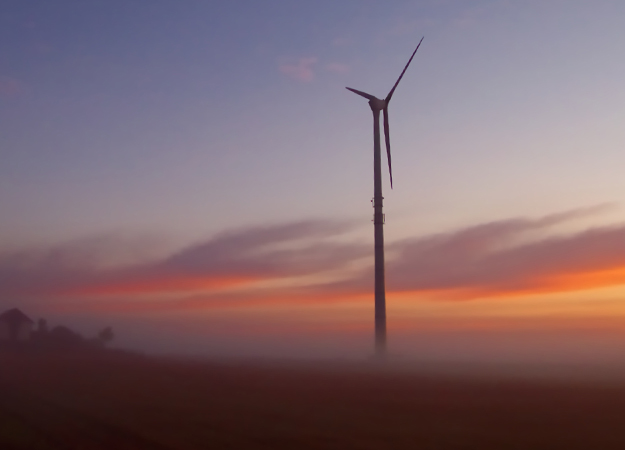Recently, GE presented a U.S. National Renewable Energy Laboratory (NREL) study report whether wind turbines can be controlled to manage the stability of the electric grid.
It is found that wind turbines can control and stabilize the grid in the future, against the older concept.
Using, frequency regulation of the grid’s frequency, alternating current is kept at a constant level. To maintain this frequency level grid needs to be sloped up and down so that the electricity stored in the grid is balanced with the electricity withdrawn from.
To increase the speed, the grid operator can order generators to increase their power output. The job of the grid operator is to keep the whole system in balance by regulating the power flow into the grid so that it always matches with remaining electric load.
Concerns about the effect of wind energy arise from the fact that wind turbines cannot produce power on demand, and hence adding too much wind energy might reduce the grid’s ability to keep the frequency balanced. Anyway, GE and NREL’s study proved it wrong.
The study analyzed procedures during wind penetration of the eastern U.S. grid when increased to 25 percent. They modeled wind turbines equipped with commercially-available mechanical controls, which can squeeze the terrain of the blades or the torque of the generator to slightly adjust the turbine’s power output.
Irrespective of the concepts, wind turbines can help stabilize the grid if they hold back 5 percent of the power output. By doing so, turbines open the ability to change their power output if demanded by the operator. The net effect of using these controls is that the grid operator sees a steady output signal from all wind turbines connected to the grid.
The studies are successful when the inertia of a spinning windmill over 100 feet in diameter is considered. Wind turbines might not have electrical energy storage, but have some amount of passive mechanical energy storage. GE and NREL’s study shows that with the right mechanical controls, this inertia can be tackled to keep the frequency under control, changing the concept that wind energy will destabilize the grid.
Despite the findings, there are challenges in transitioning to a 100 percent renewable grid. While mechanical controls can be used to manage the variations, longer-term energy storage might be required to build an energy portfolio capable of providing constant electricity.
GE and NREL’s study shows that the entire eastern U.S. grid could achieve an increase in wind penetration without any major destabilizing effects or threat to electric reliability, and without installing any storage solution.
editor@greentechlead.com

